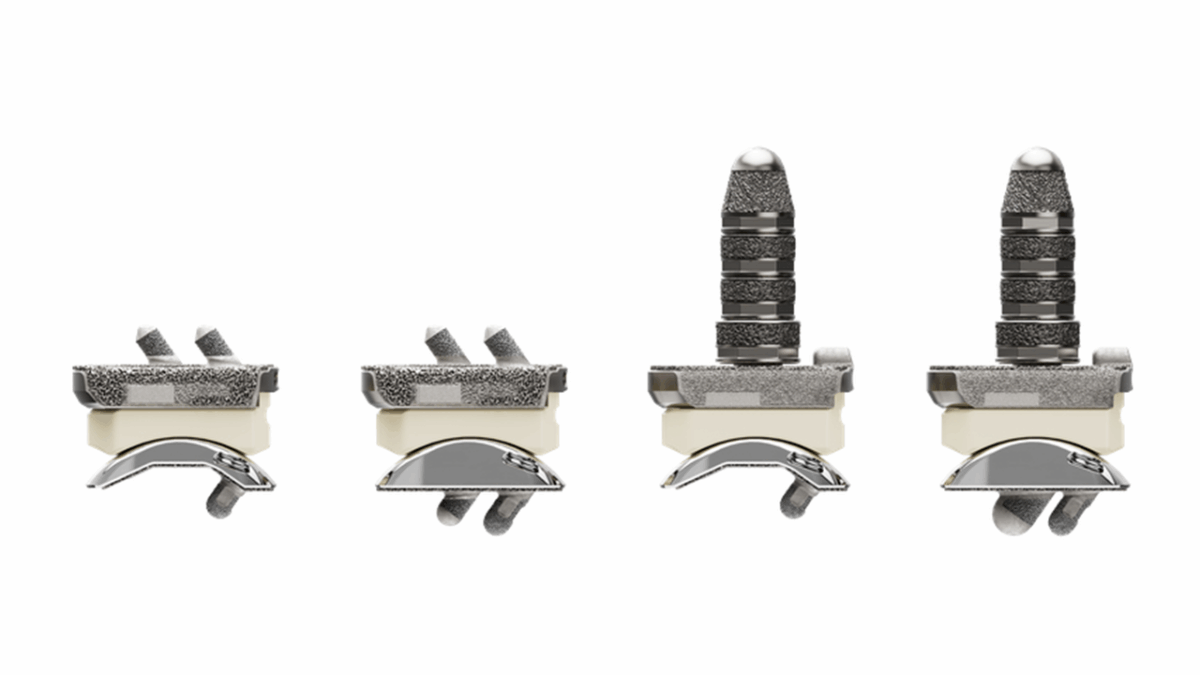As the pressure builds on Kaiser Permanente, an 85,000-member strong unionized healthcare workforce is upping the ante in the negotiation of a new labor contract. The Coalition of Kaiser Permanente Unions announced this week that its members will stage pickets at 50 Kaiser Permanente facilities spread across California, Washington, Oregon and Colorado, sparking fears of a Kaiser Permanente strike.
These demonstrations, scheduled for July 24 to July 29, will not involve union members walking off the job; however, they represent a collective show of strength, with the coalition indicating that “tens of thousands” of union members are poised to participate in what could escalate into a Kaiser Permanente strike scenario.
In 2019, the coalition, which comprises 12 individual unions, negotiated a contract with the large integrated nonprofit. The agreement involved a $130 million commitment by Kaiser towards a workforce development program, annual raises between two and three percent and a ban on subcontracting.
And, in 2022, after a prolonged 10-week strike, the National Union of Healthcare Workers and Kaiser Permanente tentatively agreed to enhance mental health support for therapists in Northern California. The four-year agreement provided enhanced support for mental health therapists, acknowledging their vital contributions.
Related: EHR Systems: Tackling Physician Burnout with AMA’s 2023 Research Grants
This new round of negotiations follows a period of high stress on the healthcare workforce due to COVID-19. The coalition is demanding that Kaiser addresses what it defines as hazardous understaffing across hospitals and clinics, another point that could potentially escalate the situation into a Kaiser Permanente strike.
“We’re short-staffed, and every shift we have to do more because there aren’t enough of us. Kaiser called us ‘heroes’ during the worst of the pandemic, and now they’re not making the necessary investments for safe staffing,” said Lenetra Stevenson, a union patient care technician at Kaiser Permanente in Fremont, California, highlighting the gravity of the situation that could lead to a Kaiser Permanente strike.
Kaiser has expressed confidence in reaching an agreement that will “strengthen our position as a best place to work” while ensuring “the high-quality care our members expect from us remains affordable and easy to access.”
Despite the looming threat of a Kaiser Permanente strike, Kaiser claims its investment in workforce and employee assistance has protected against the worst impacts of the pandemic labor crunch. Although the company-wide employee turnover rate might have slightly increased during the pandemic’s peak, it’s still much lower than the industry average of 21.4 percent, reported in a 2022 PwC Saratoga survey.
The coalition’s negotiations come on the heels of a significant collection of 21 Kaiser Permanente unions renewing their contract only days before a planned 32,000-person strike two years ago. This set of negotiations represents the third largest across the country and economy for this year, which further underscores the seriousness of the impending Kaiser Permanente strike.











Join or login to leave a comment
JOIN LOGIN